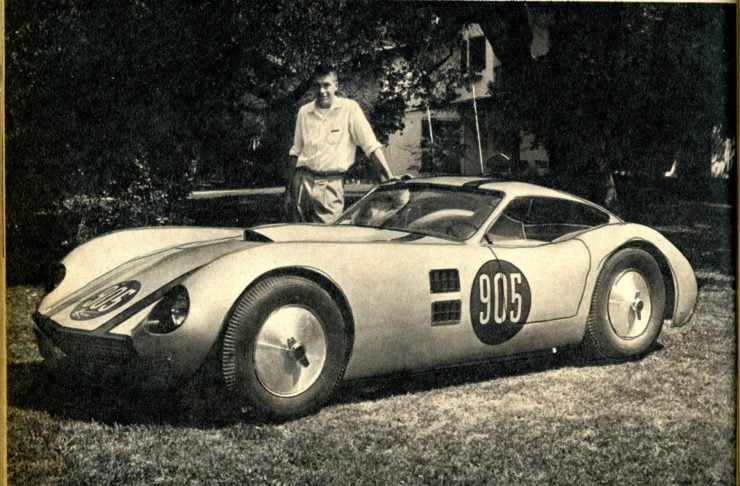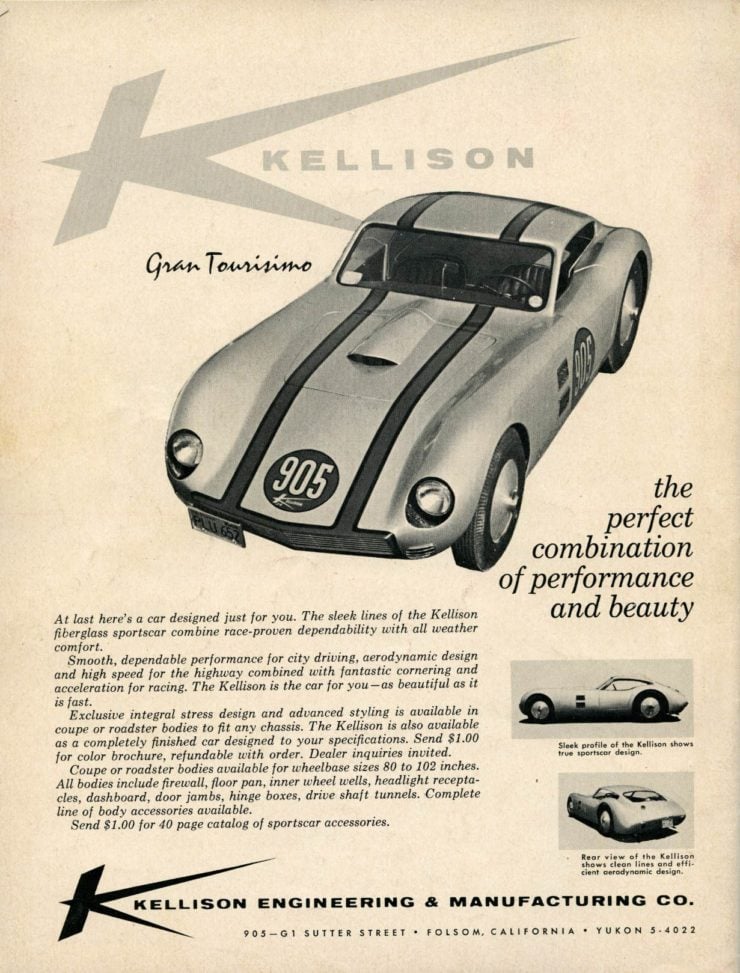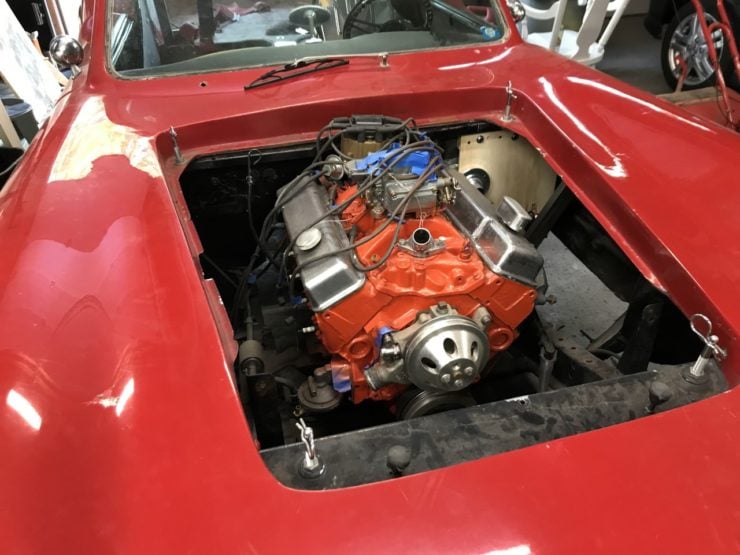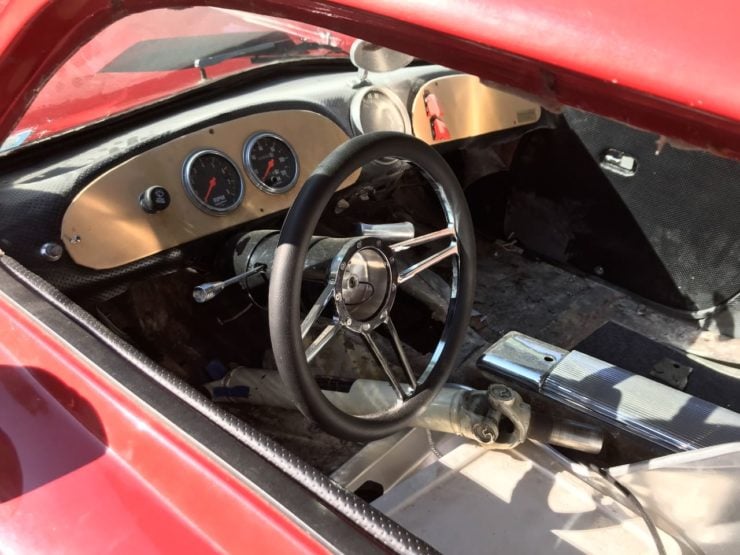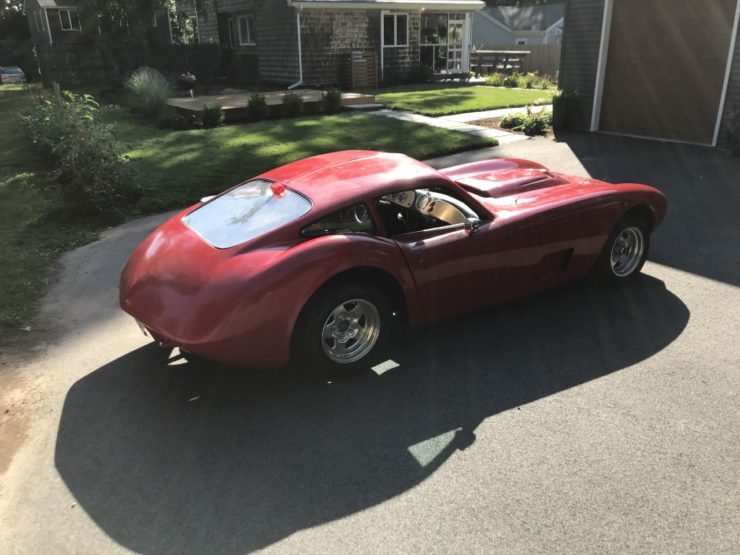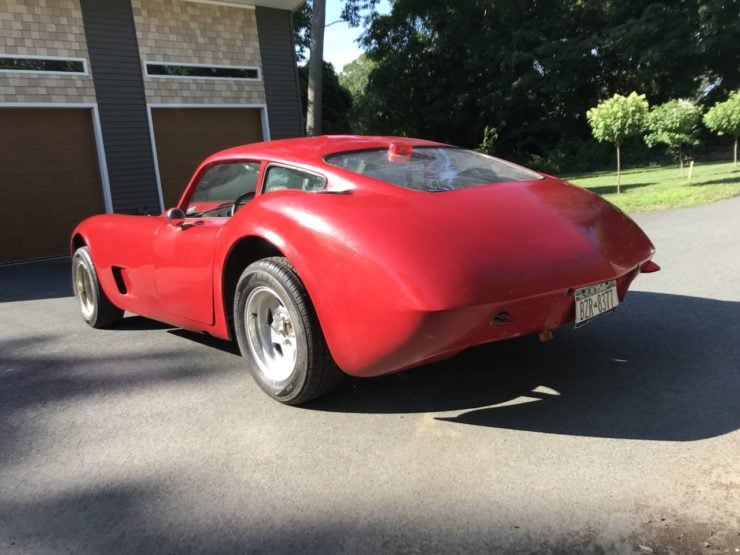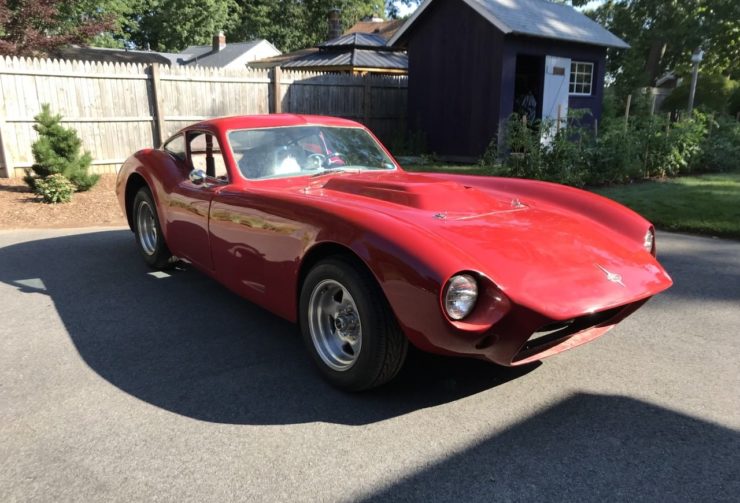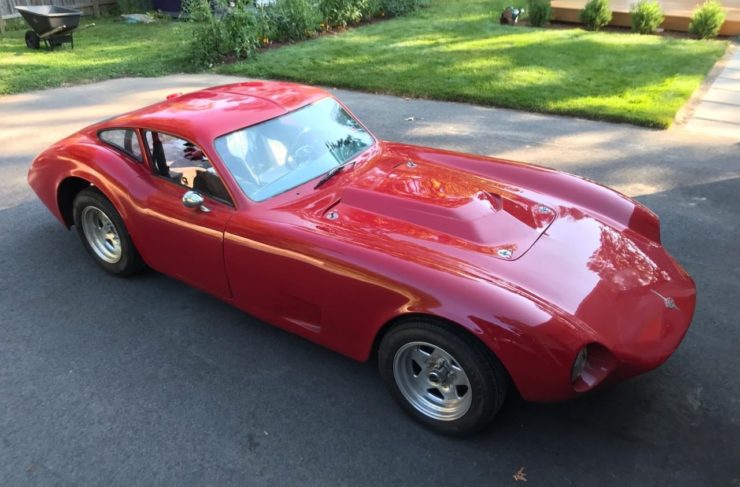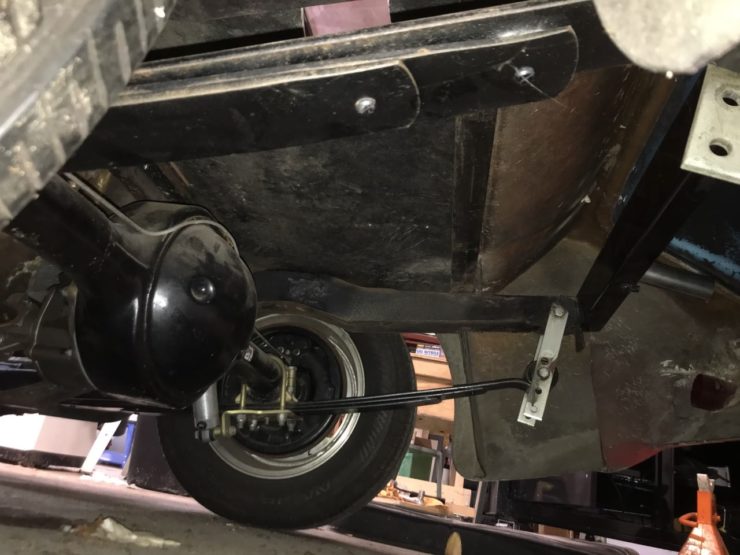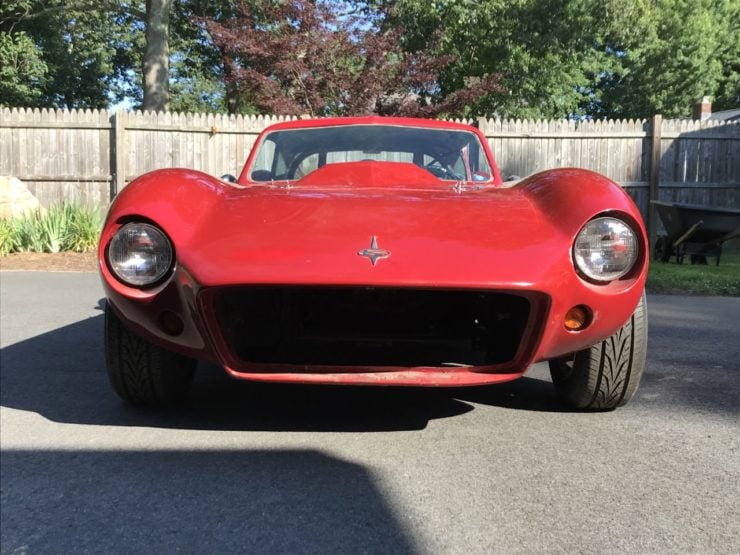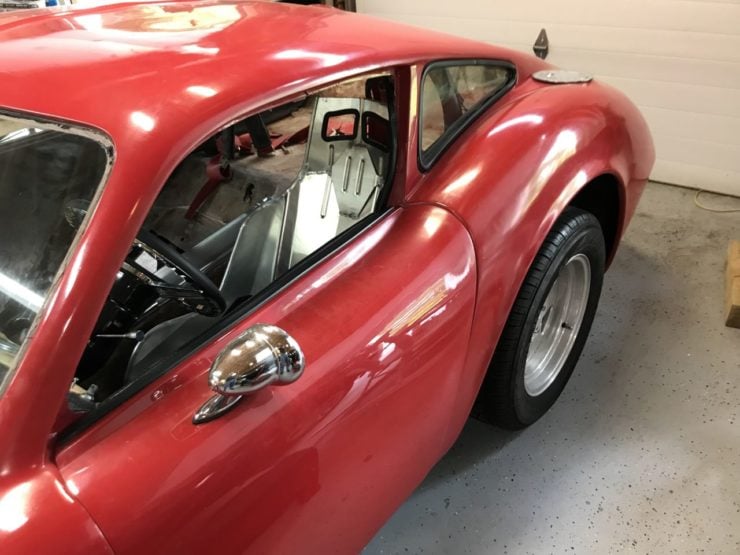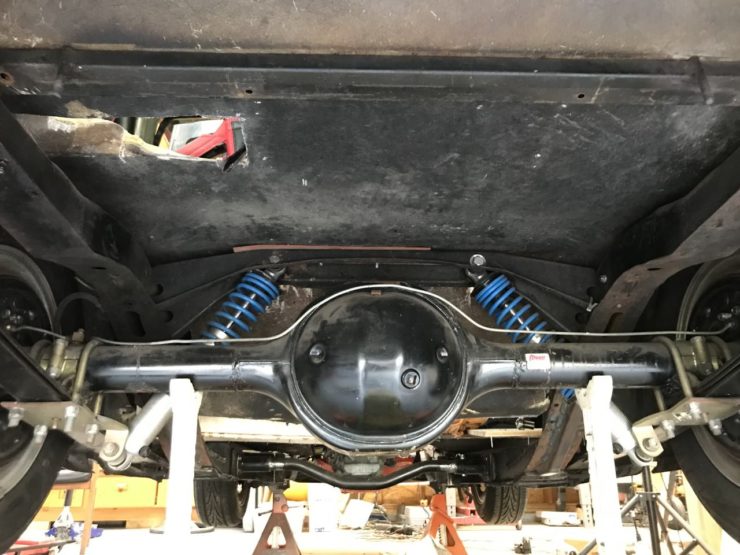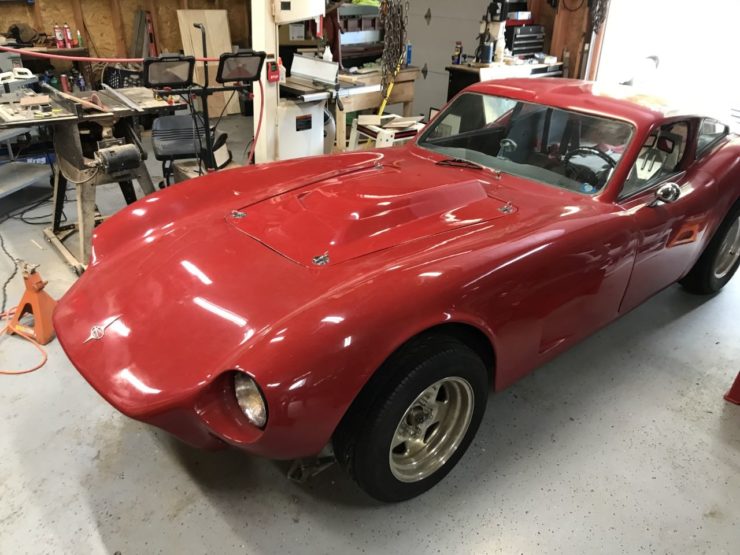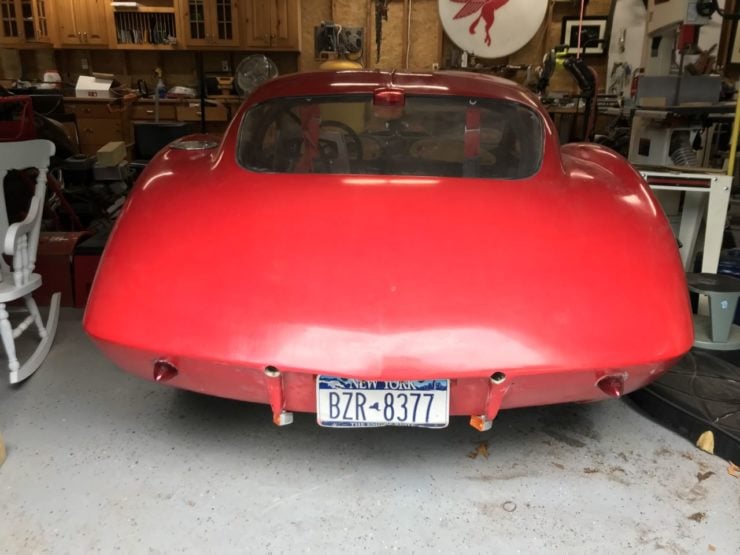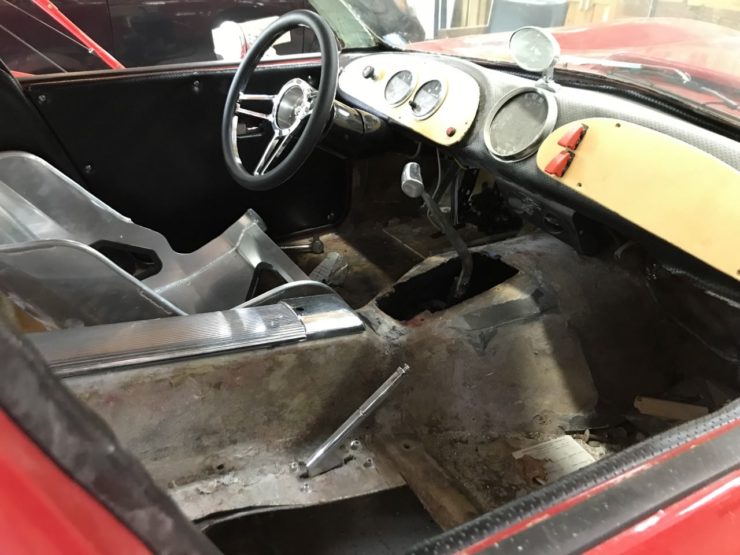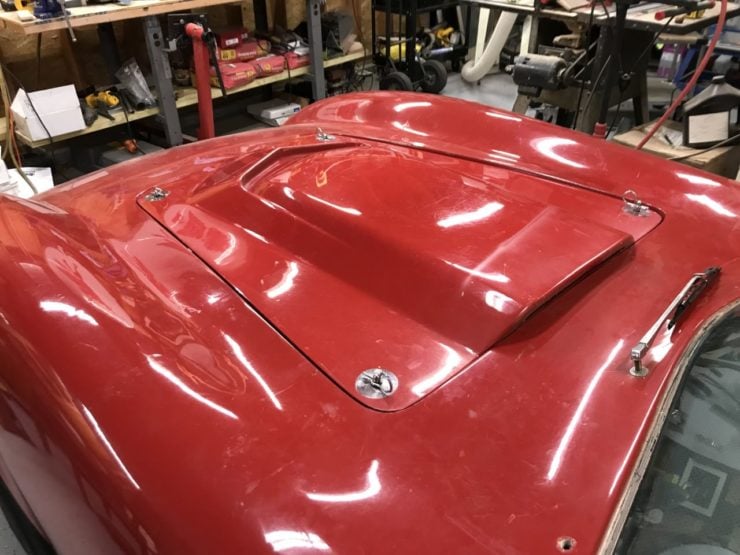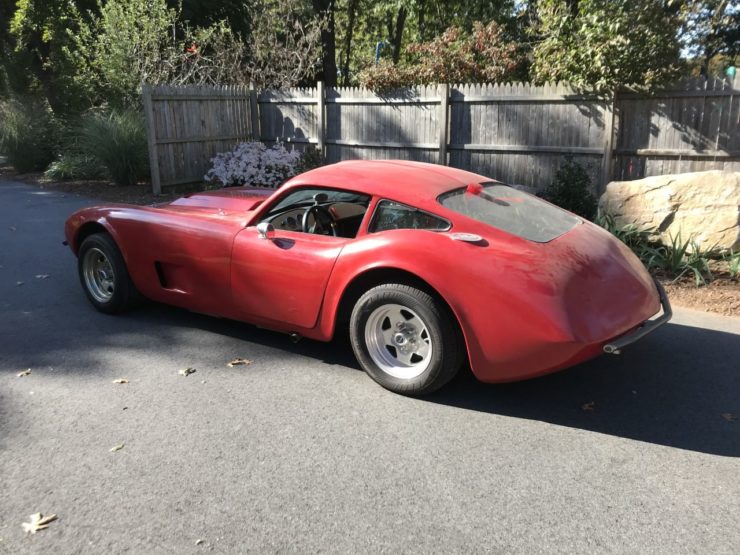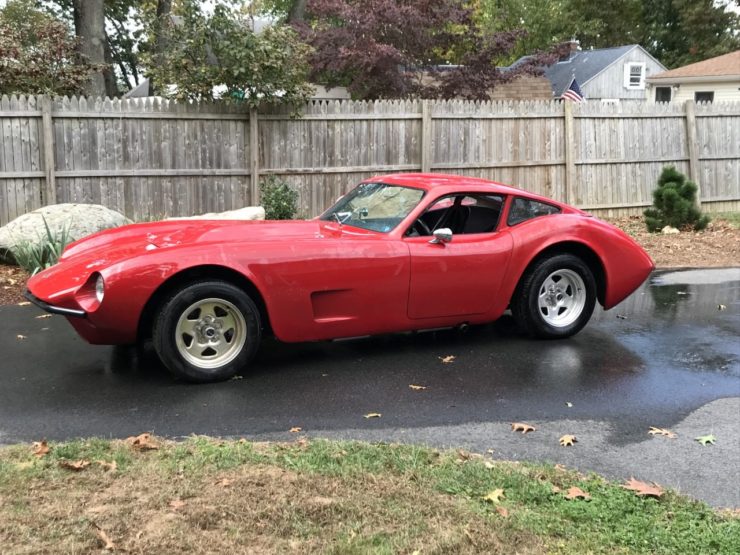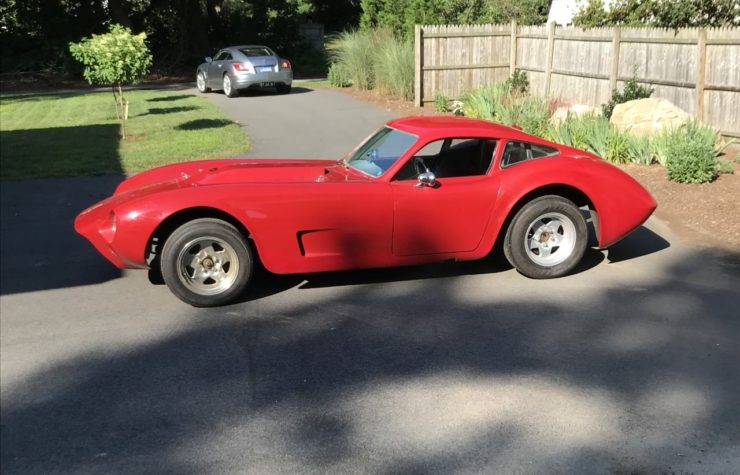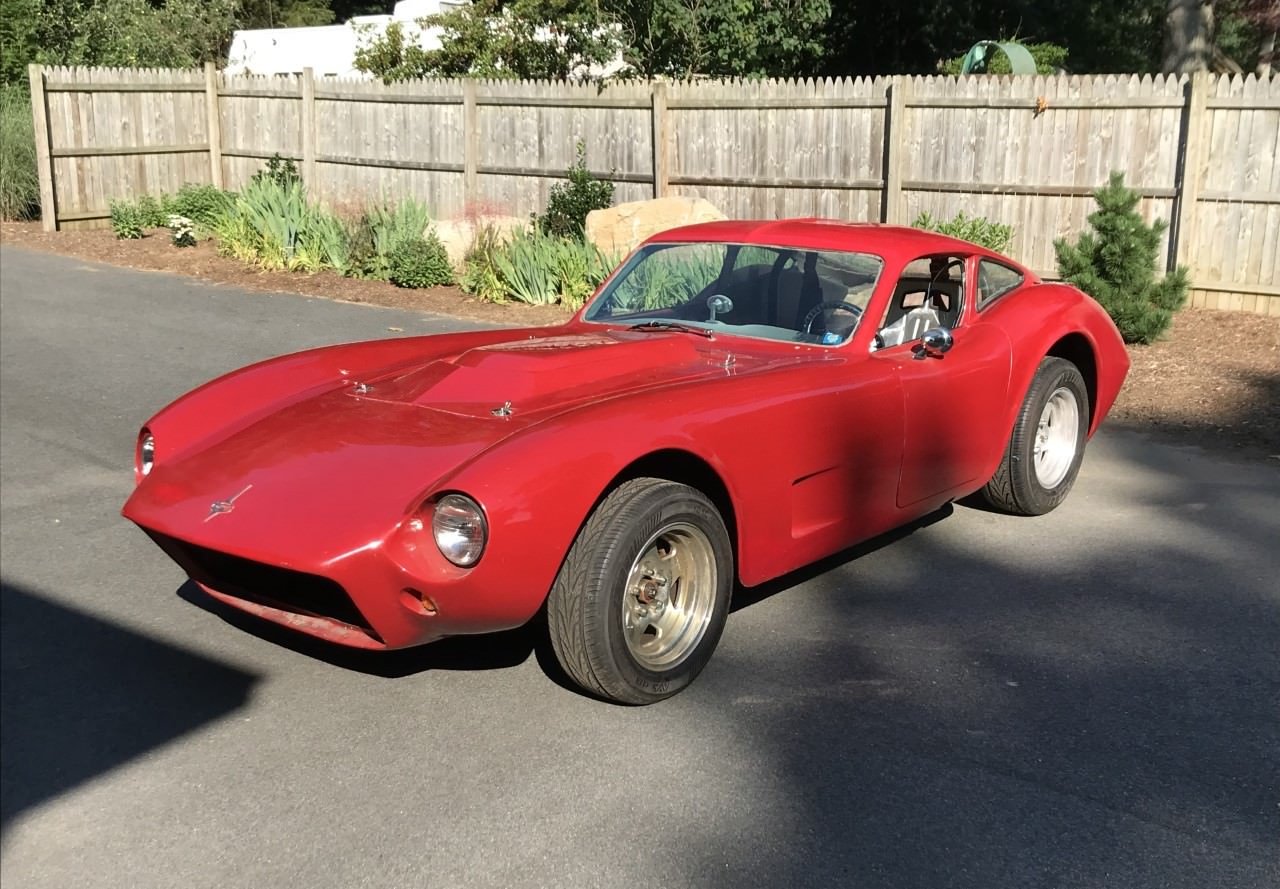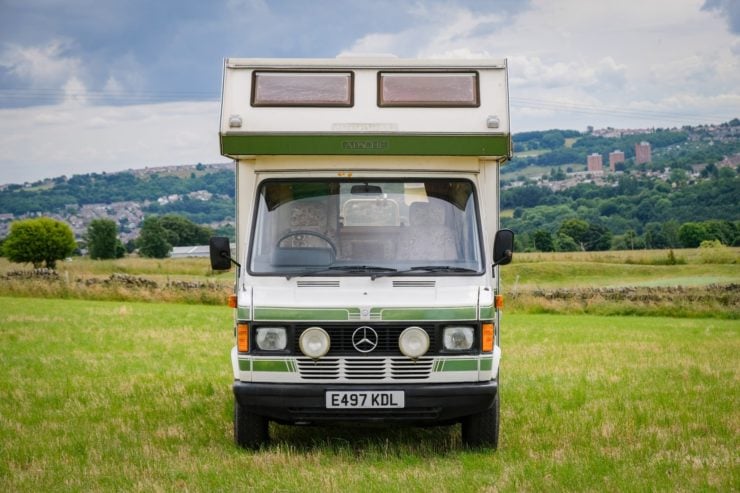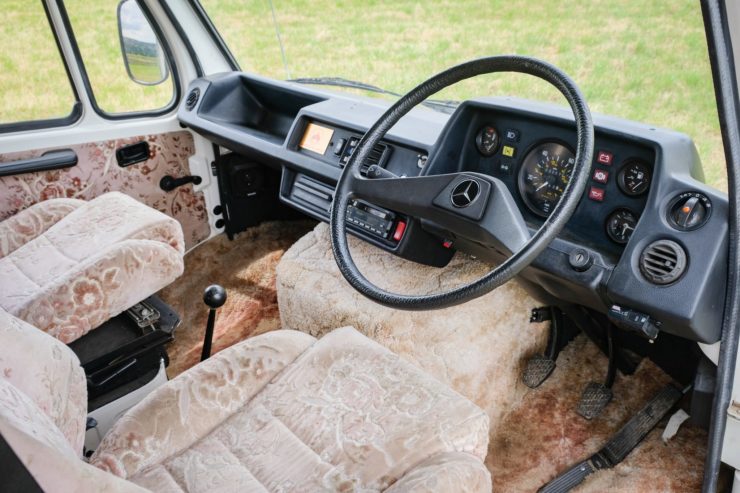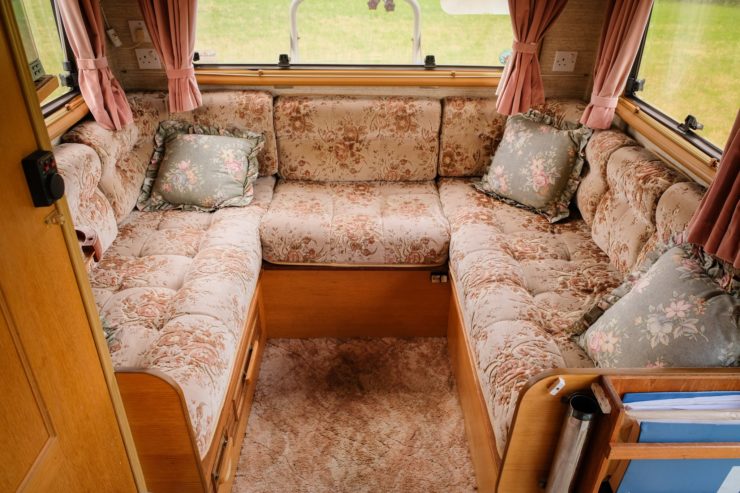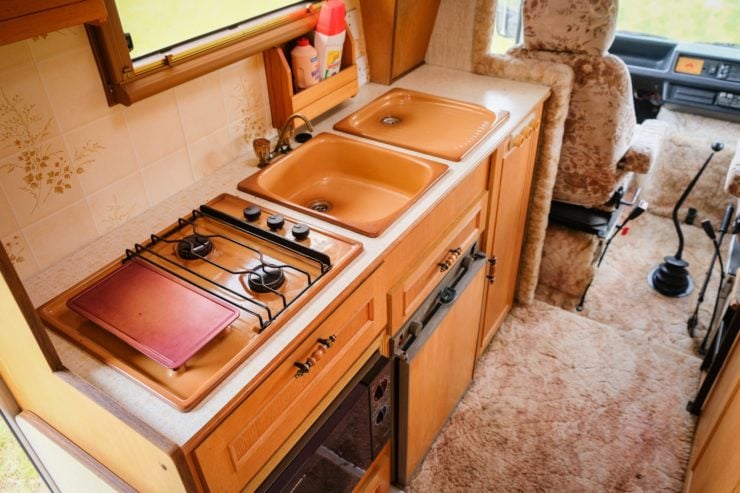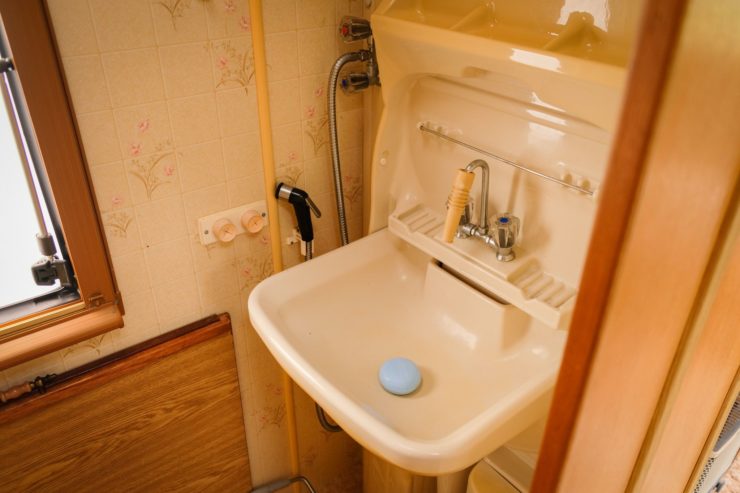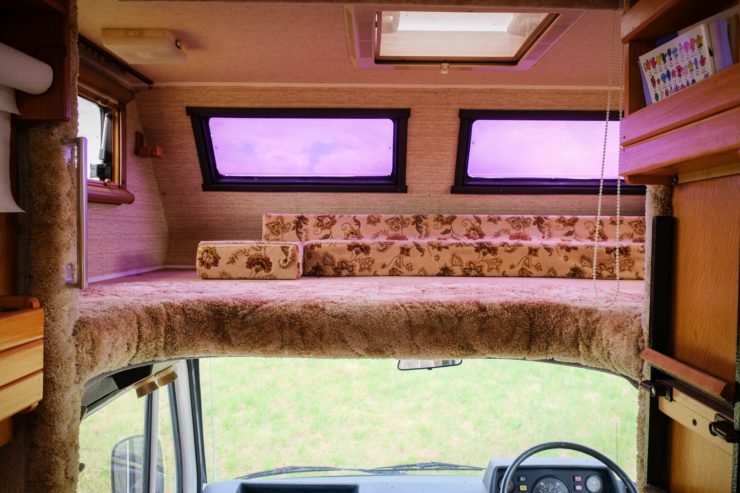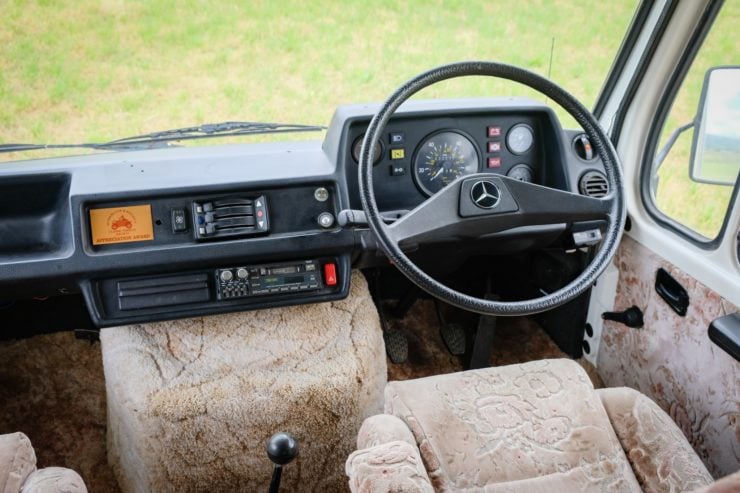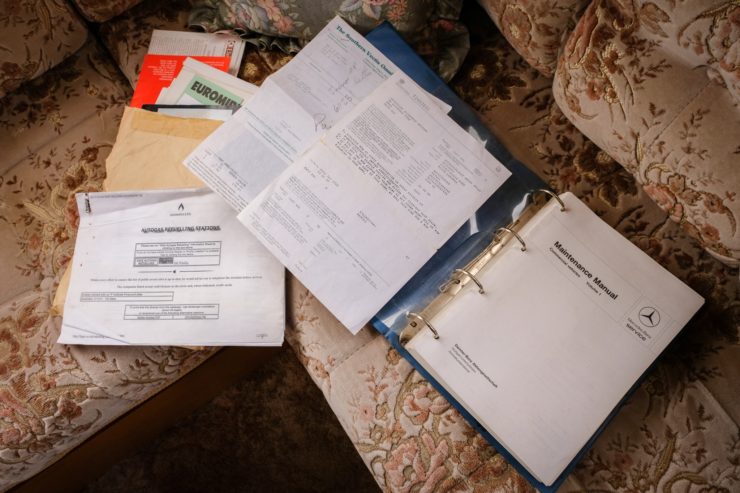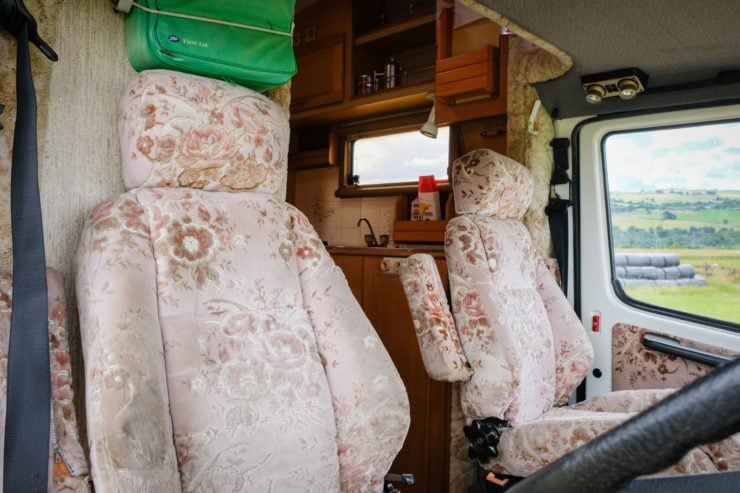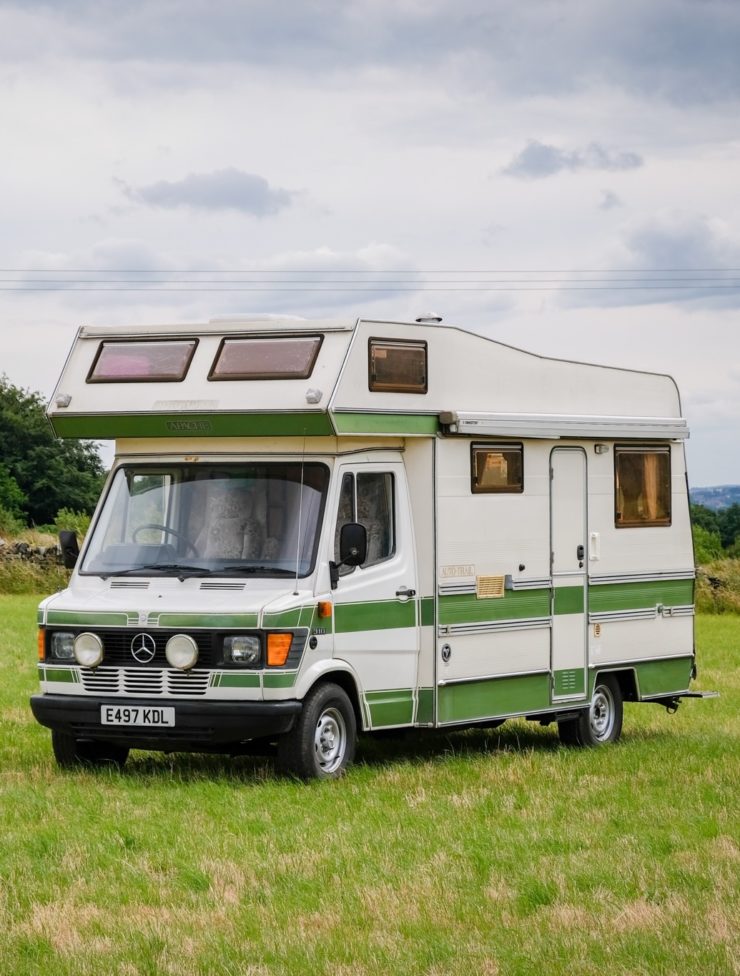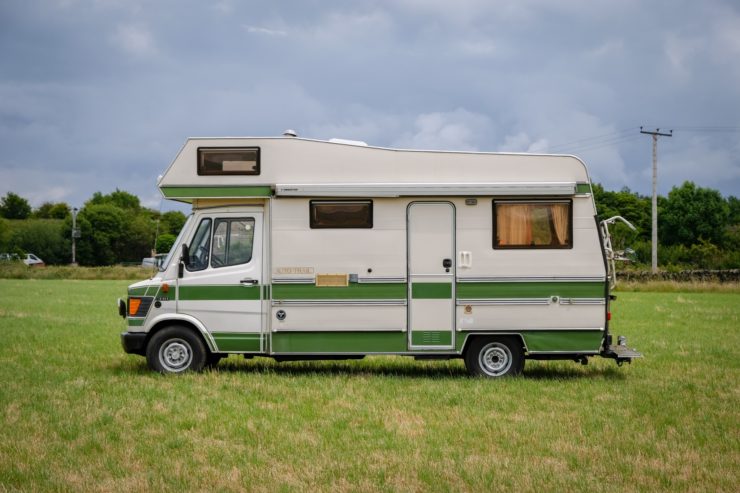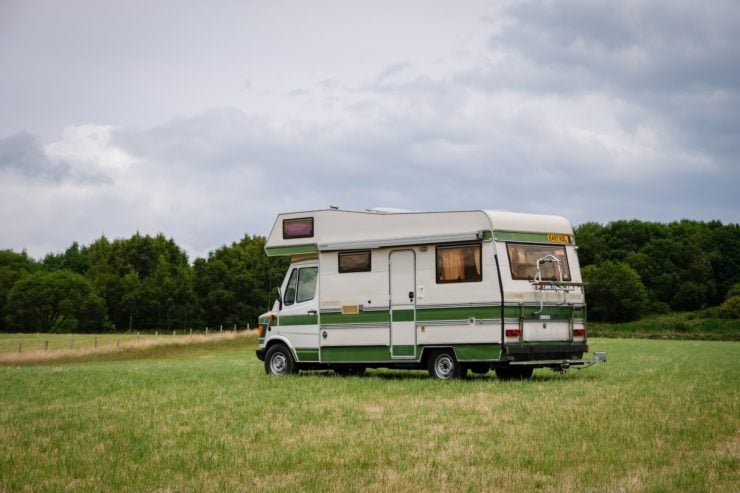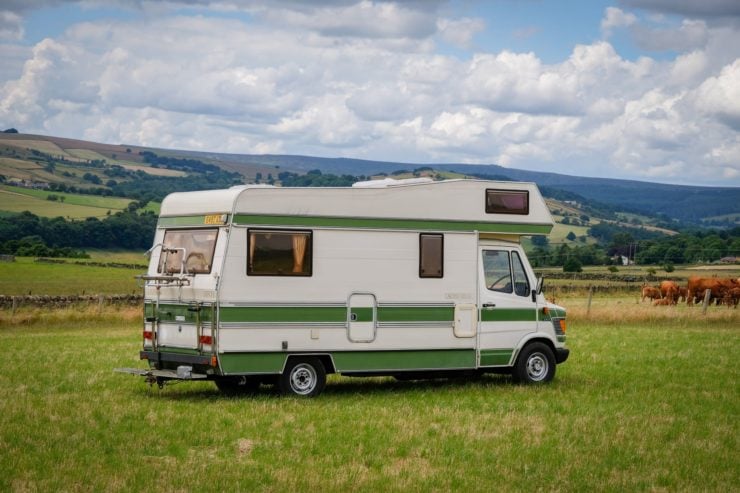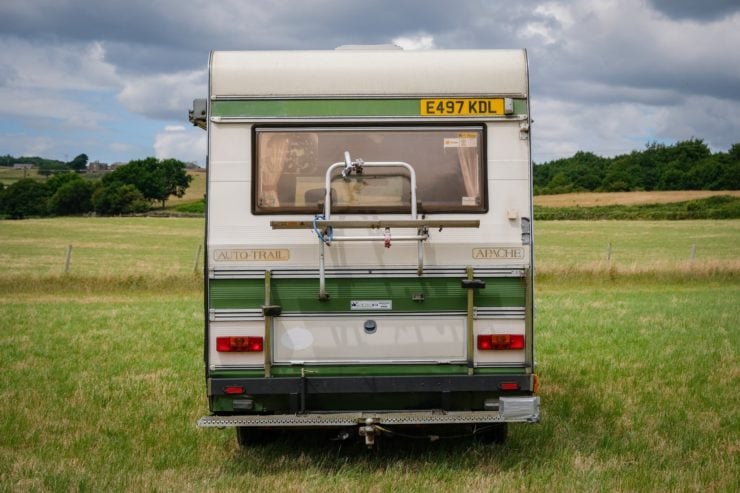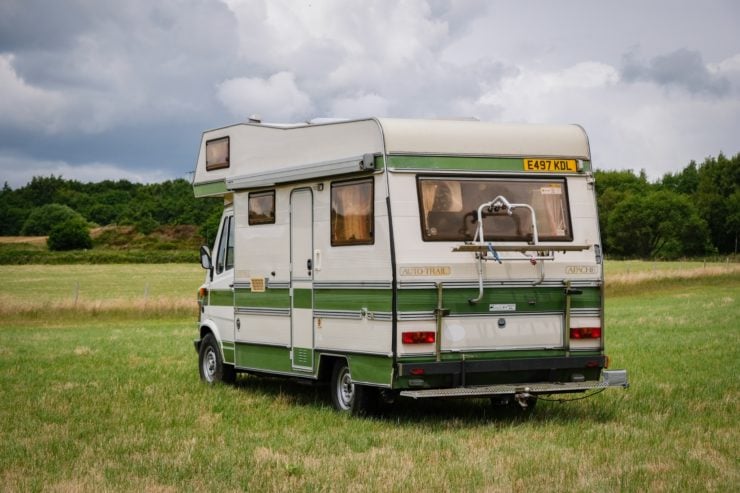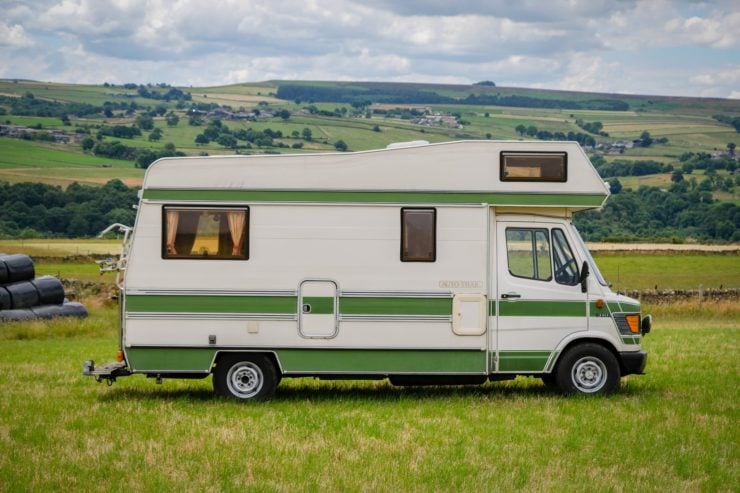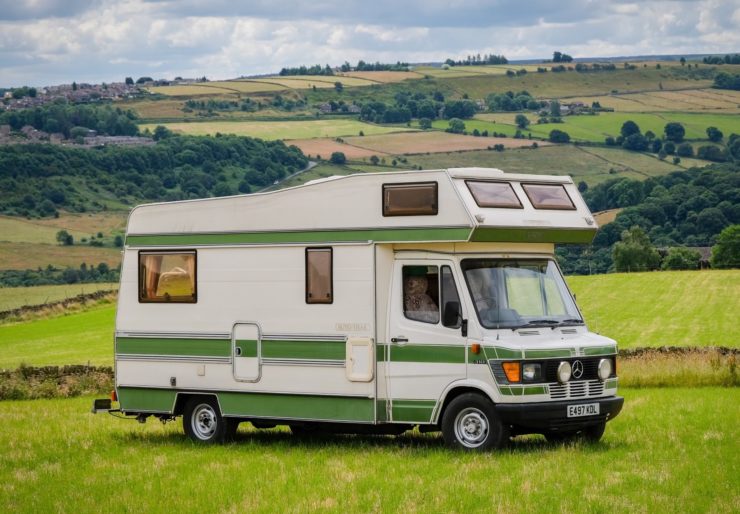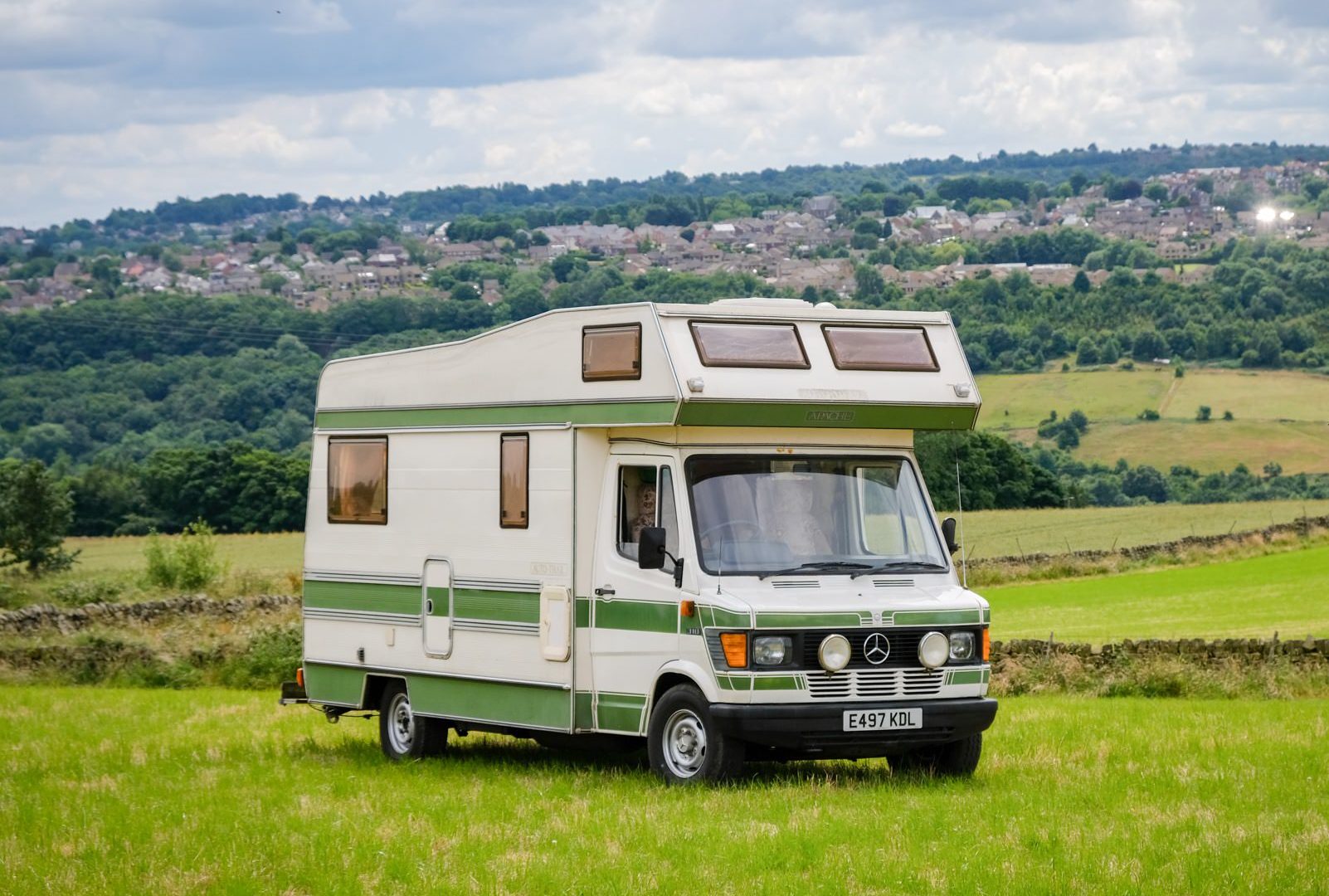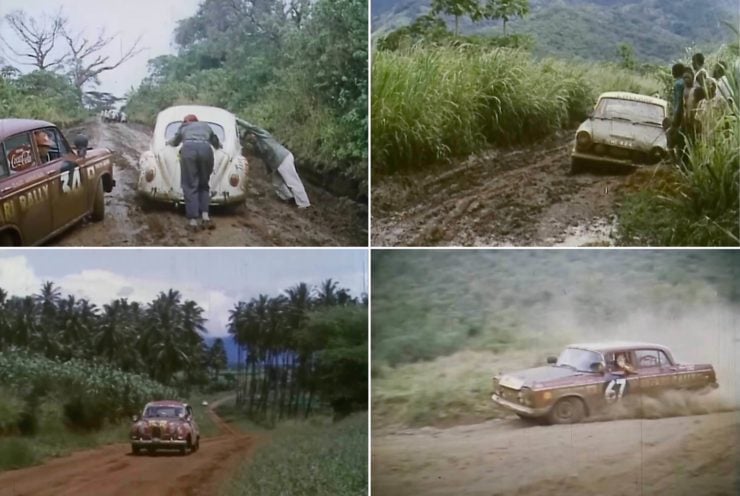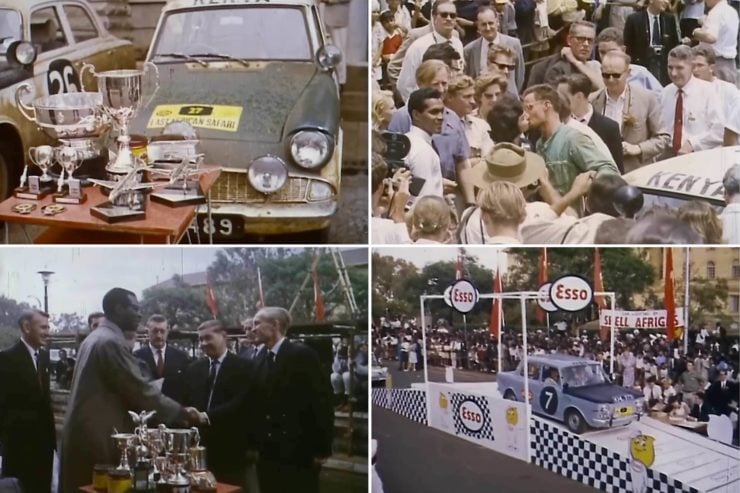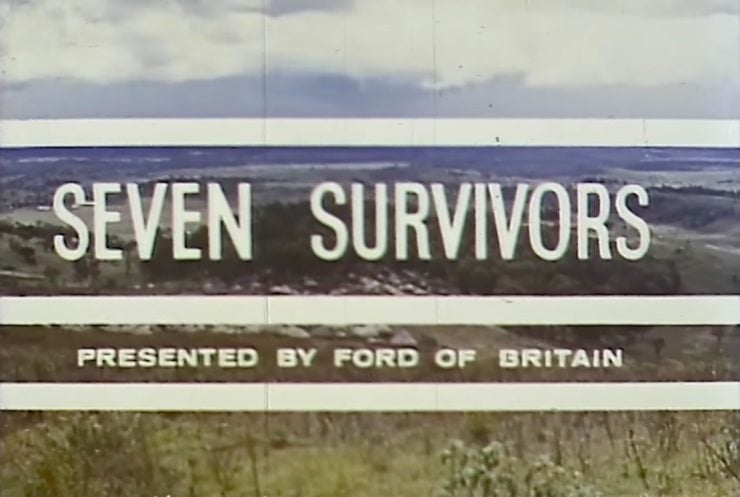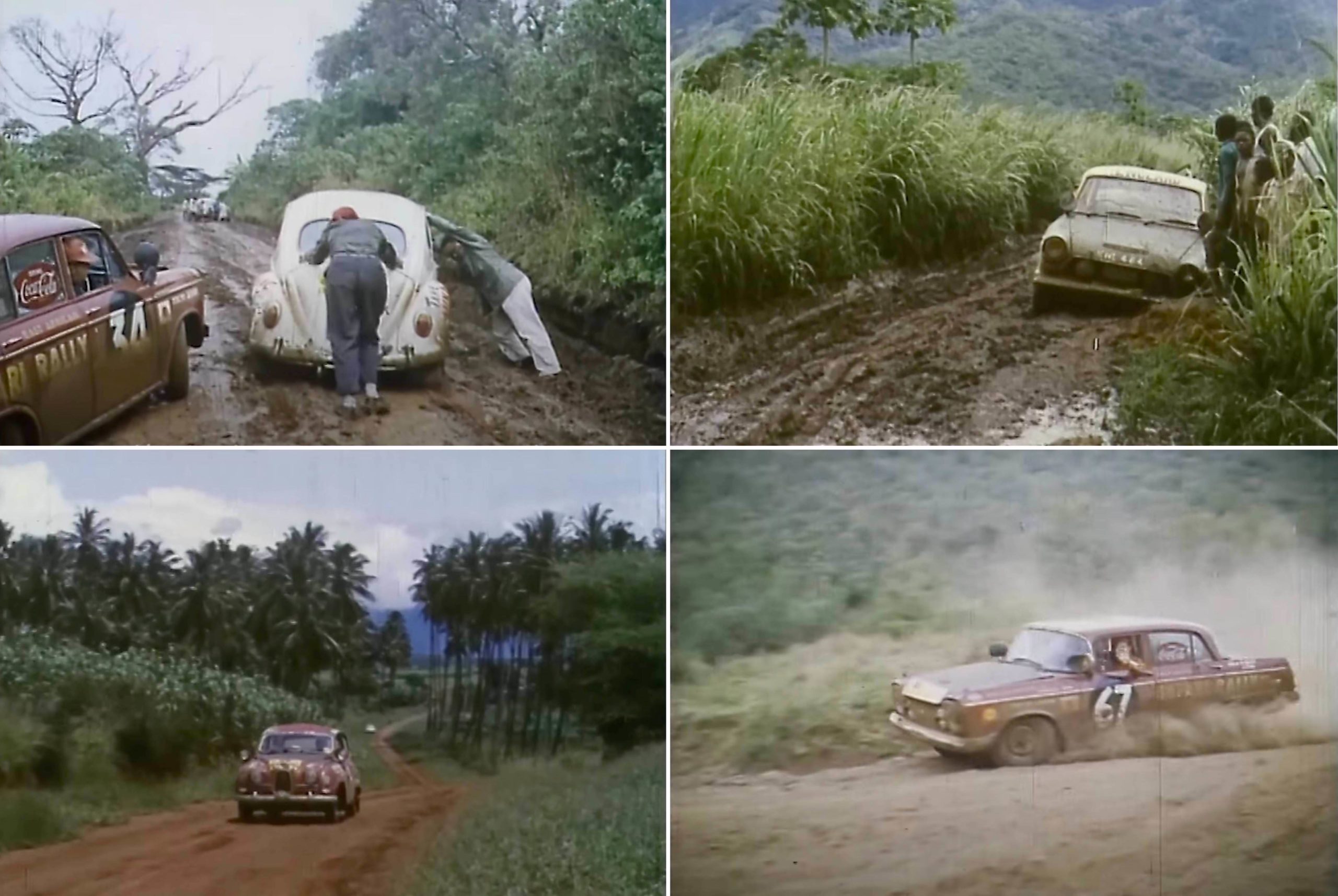This is the Jeep Fat Tire E-Bike from the team at QuietKat, a company based in Eagle, Colorado that has grown to become the number one manufacturer of off-road ebikes designed for fishing, hunting, and exploring.
The bike has front and rear suspension, front and rear disc brakes, fat all terrain tires, an SRAM 9-speed drivetrain, an electric motor producing up to 1,500 watts, and a lithium-ion battery capable of powering the bike over 58 miles of varied terrain.
Fast Facts – The Jeep Fat Tire E-Bike
- The Jeep Fat Tire E-Bike was developed by QuietKat in collaboration with Jeep to be what they claim is the most capable electric bike in the world.
- Power is provided by either the pedals, the electric motor, or both working together. Electric-only range is 58 miles and the bike has an SRAM 9-speed drivetrain.
- A four-bar linkage Fire-Link suspension system is fitted along with telescopic forks giving the bike front and rear suspension. It also has front and rear disc brakes.
- QuietKat eBikes were developed to replace ATVs/quads and motorcycles for hunters, anglers, and explorers. They’re almost silent and they can be easily carried on a trailer hitch on most cars and SUVs.
QuietKat eBikes
QuietKat was founded by twin brothers Jake and Justin Roach in Eagle, Colorado in 2012 to build and sell what they believe are the best all-terrain electric bikes in the world.
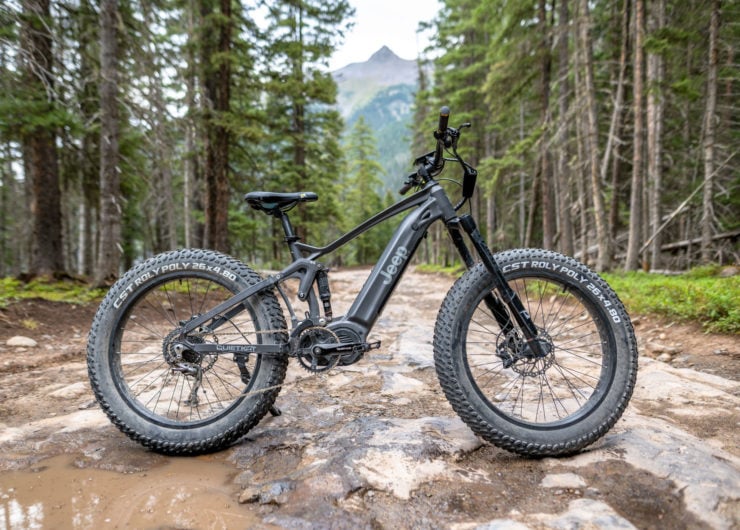
The battery pack is stored in the frame’s down tube, it can be easily removed and plugged in at home for charging.
From the outset, QuietKat has built ebikes that are designed for off-road use. The long term plan being to replace internal combustion quad and trail bikes wherever possible – allowing hunters, anglers, and explorers to move almost silently through the wilderness.
The company is now leading the all-terrain bike industry, their bikes are sold via a over 300 retail partners including Cabelas, Scheels, Camping World, and BassPro.
The Jeep Fat Tire E-Bike
The Jeep Fat Tire E-Bike is one of QuietKat’s more popular models, doubtless helped along by Jeep’s brandname awareness. The model was designed to offer the best possible off-road ability, living up to that decades old Jeep reputation.
The bike has a rugged frame with a load capacity of 300 lbs and an integrated rear pannier rack for hauling gear. It’s offered in three sizes, allowing each rider to get a bike best suited to their physical height.
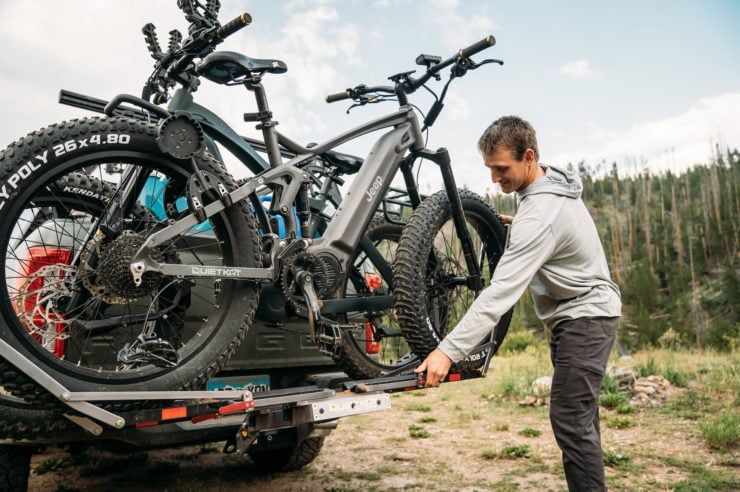
Due to the considerably lower weight of these bikes when compared with ATVs and motorcycles, it’s relatively easy to load them up for trips into the wilderness.
A four-bar linkage Fire-Link suspension system is fitted in the rear, with a pair of telescopic forks up front. The bike is also fitted with CST 26″ x 4.8″ fat tires to help soak up rough terrain and the frame is designed so that you can switch to a 29″ standard mountain bike tire set if you prefer.
Both 750 and 1000 watt versions of the bike are available, and the 1000 watt version is capable of up to 1500 watts of peak performance and 160 nm (118 ft lbs) of torque.
The lithium-ion battery pack is fitted into the main down tube of the frame, the battery is quickly removable which makes recharging easier – as you can take it inside with you to plug it in.
The MSRP is $7,499 USD, though that’s not cheap it’s inline with the current pricing for a high-end downhill mountain bike – and of course they don’t come with motors and battery packs.
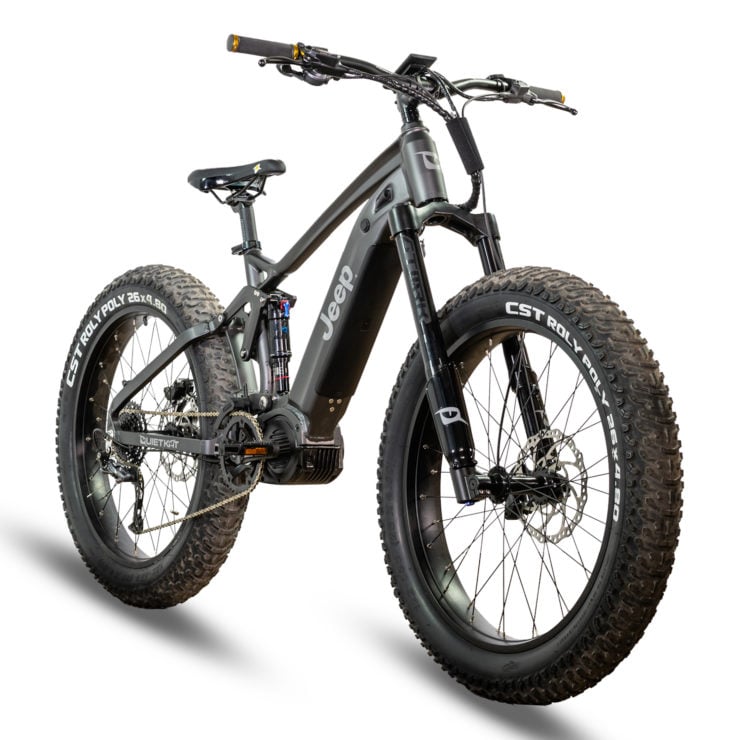
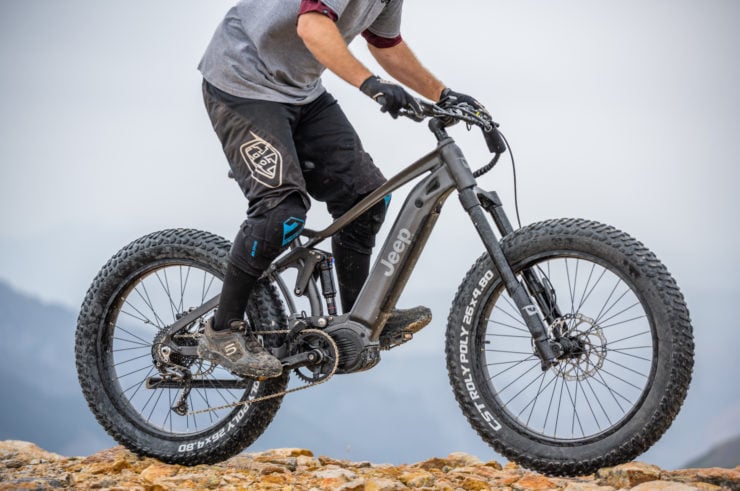
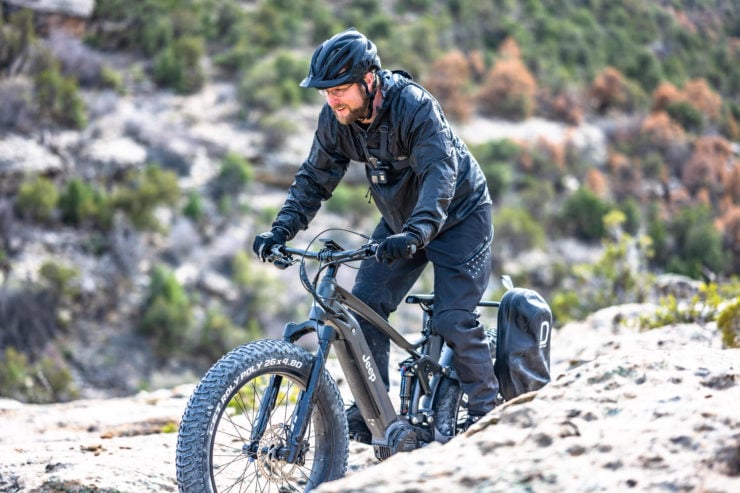
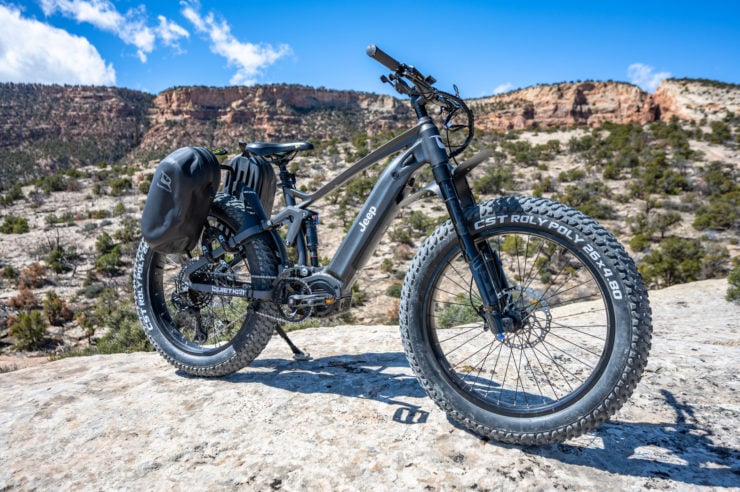
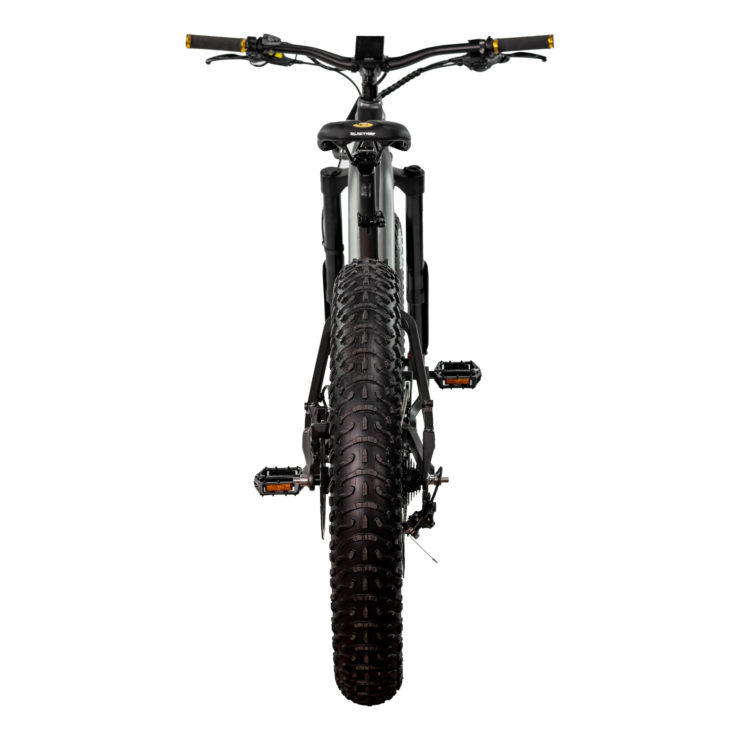
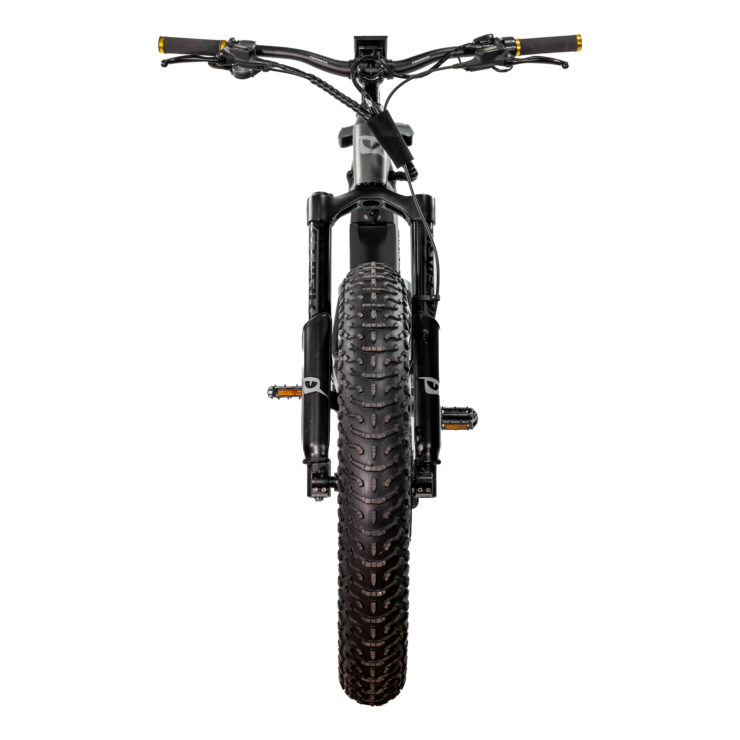
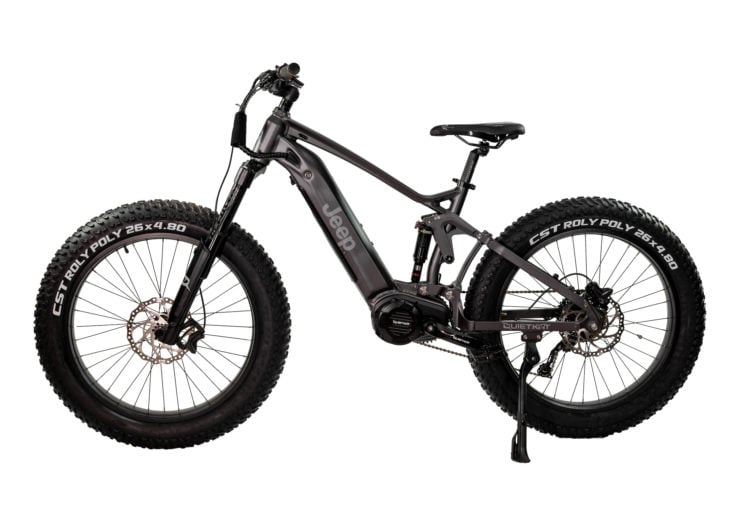
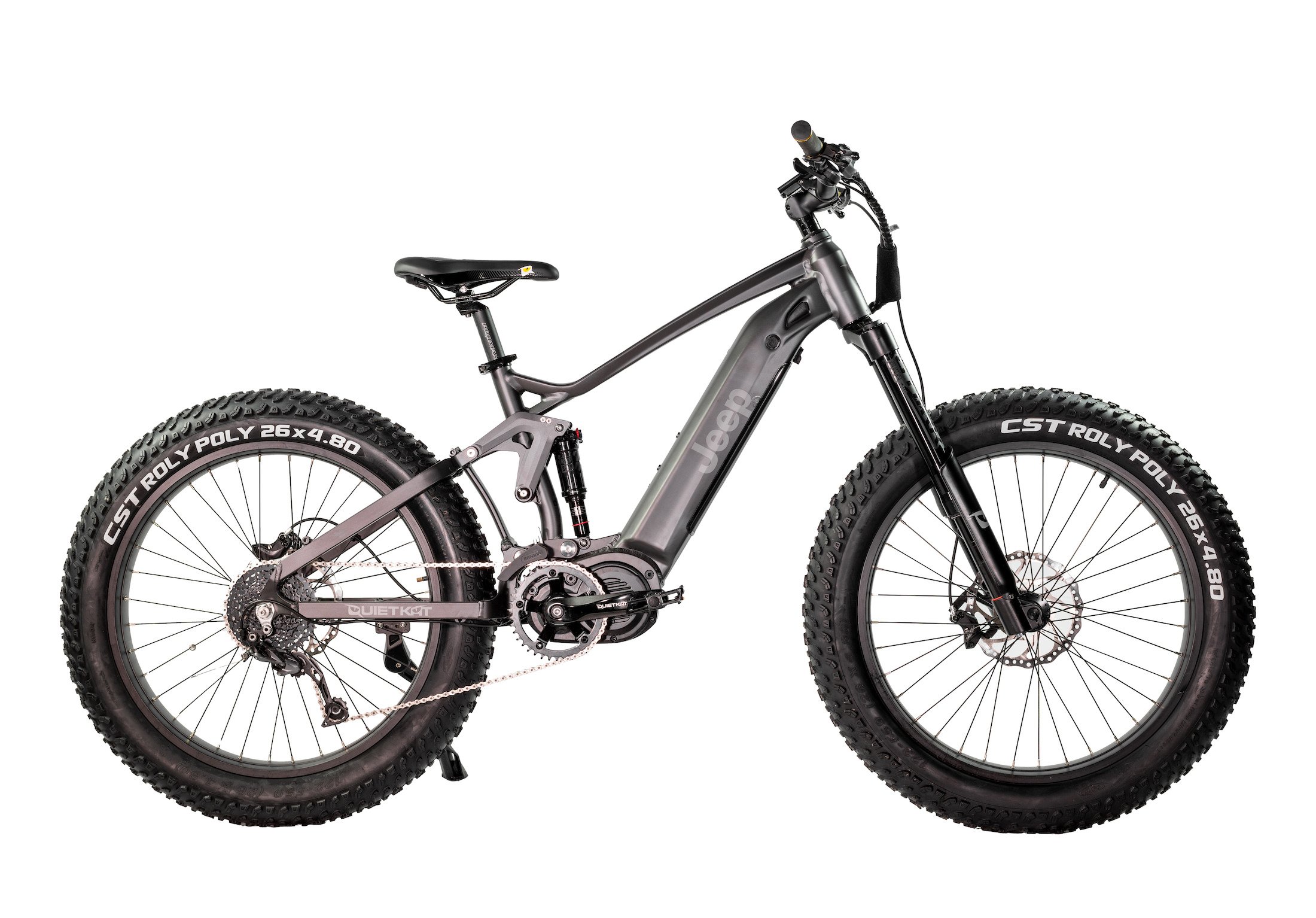
The post The Jeep Fat Tire E-Bike: An Off-Road Alternative To ATVs appeared first on Silodrome.
from Silodrome https://silodrome.com/jeep-fat-tire-e-bike/
via gqrds
